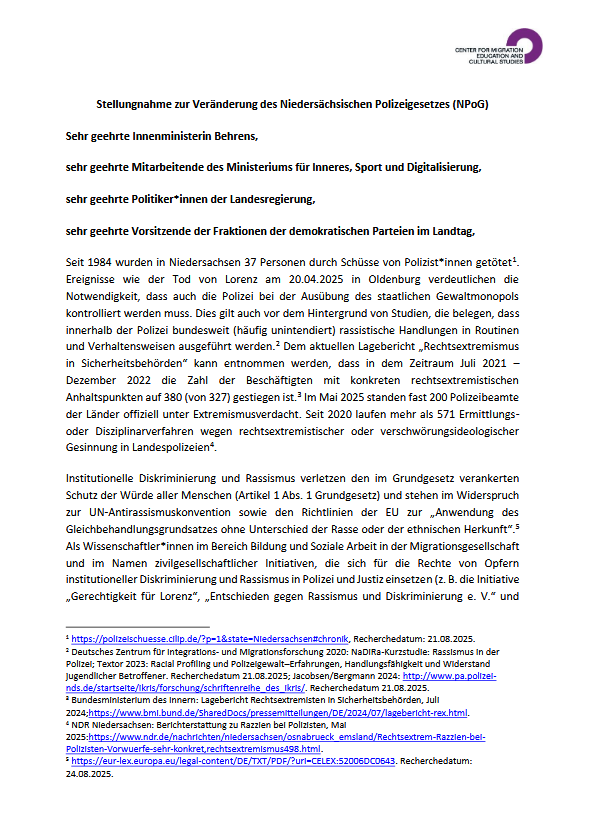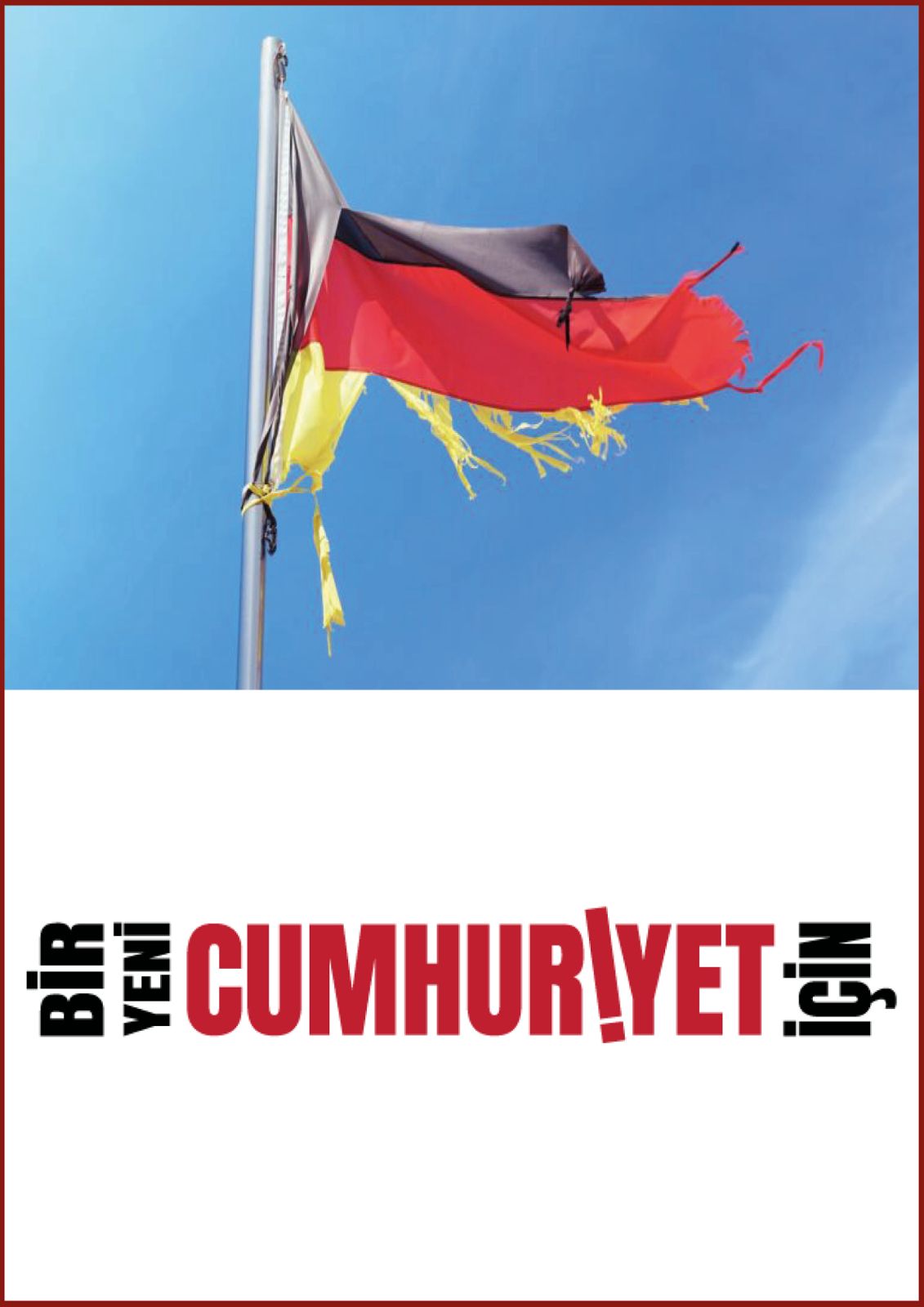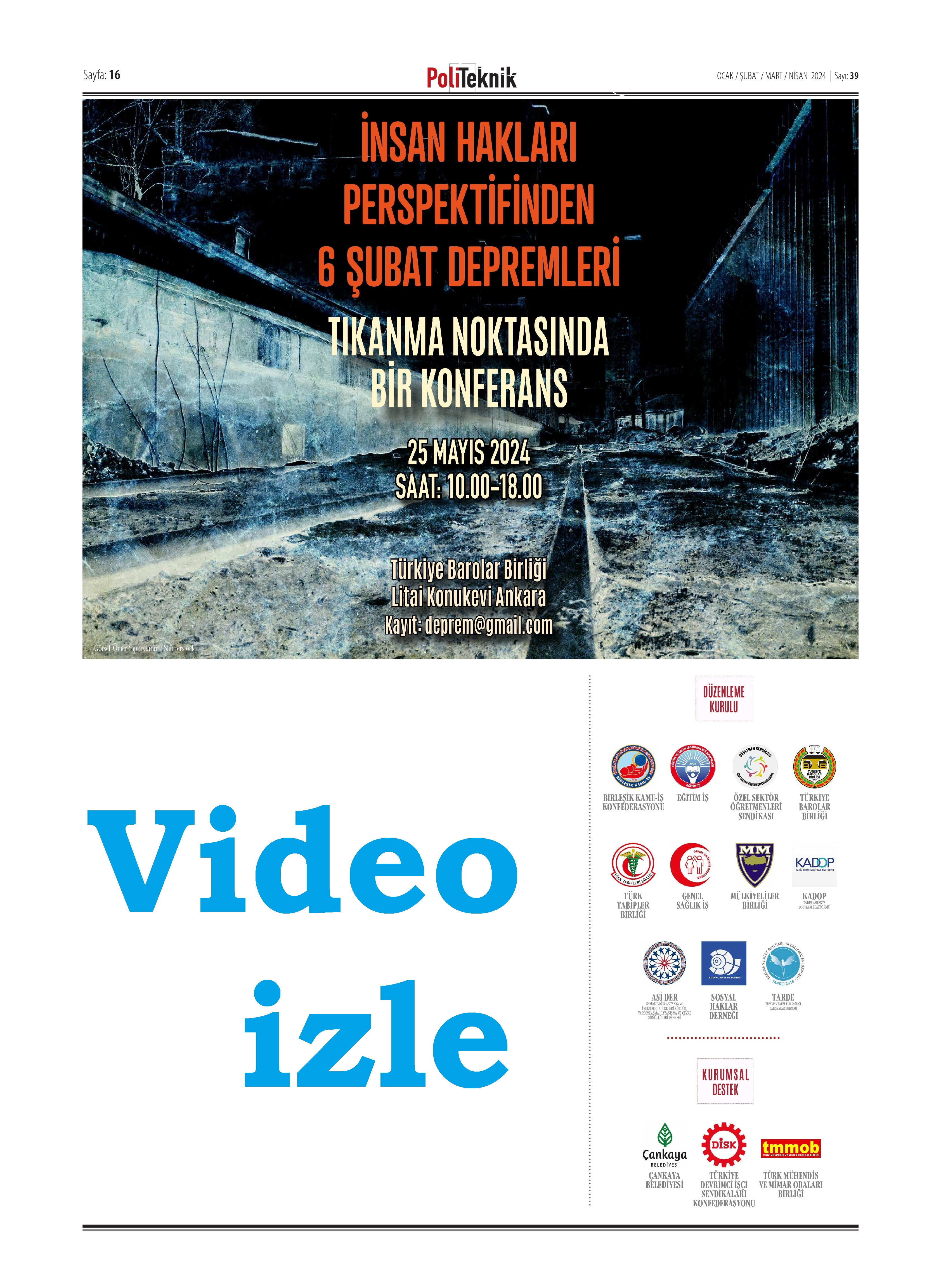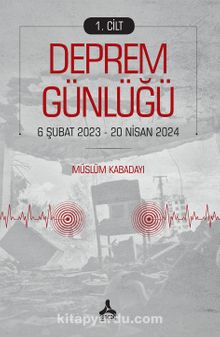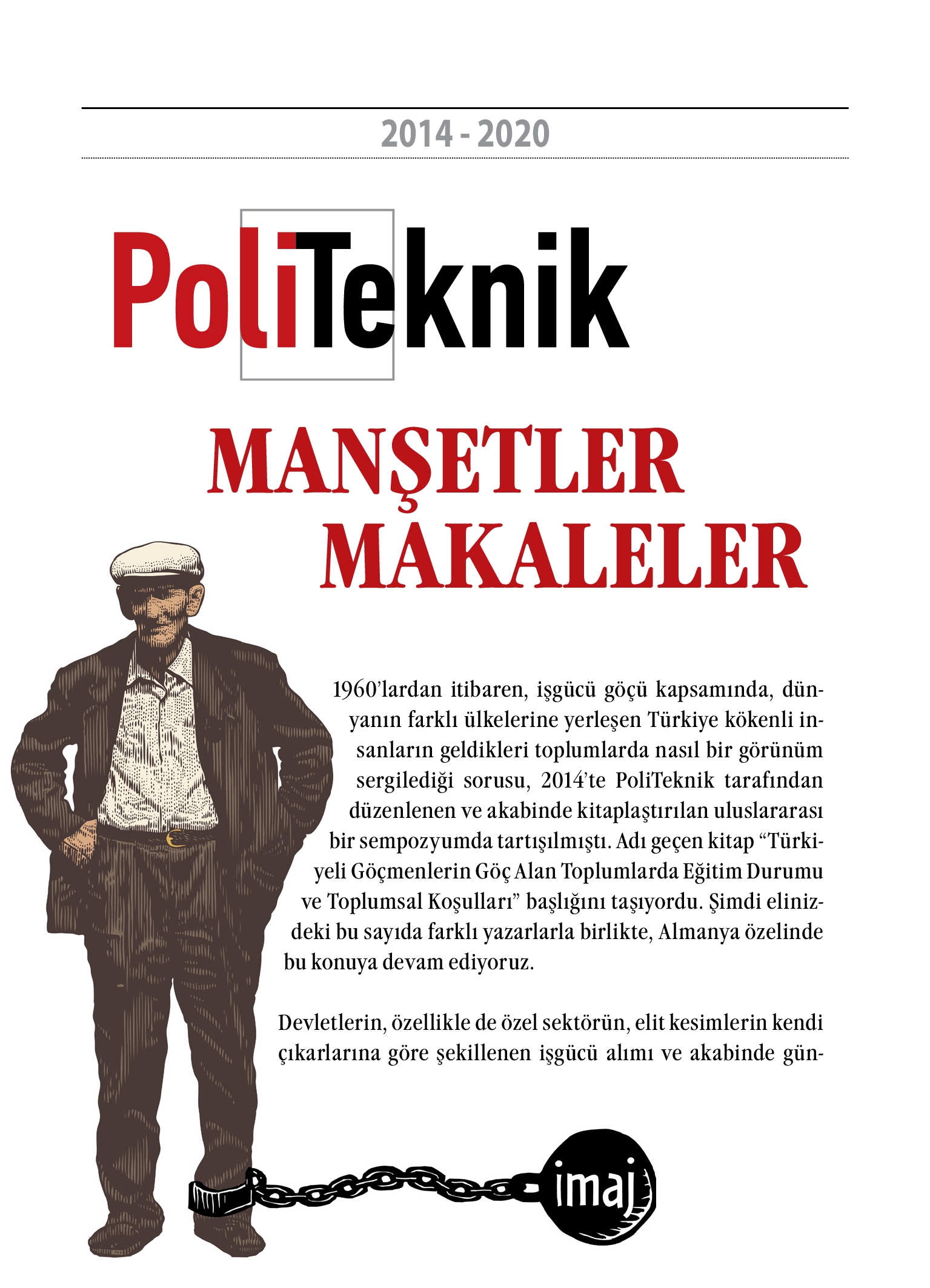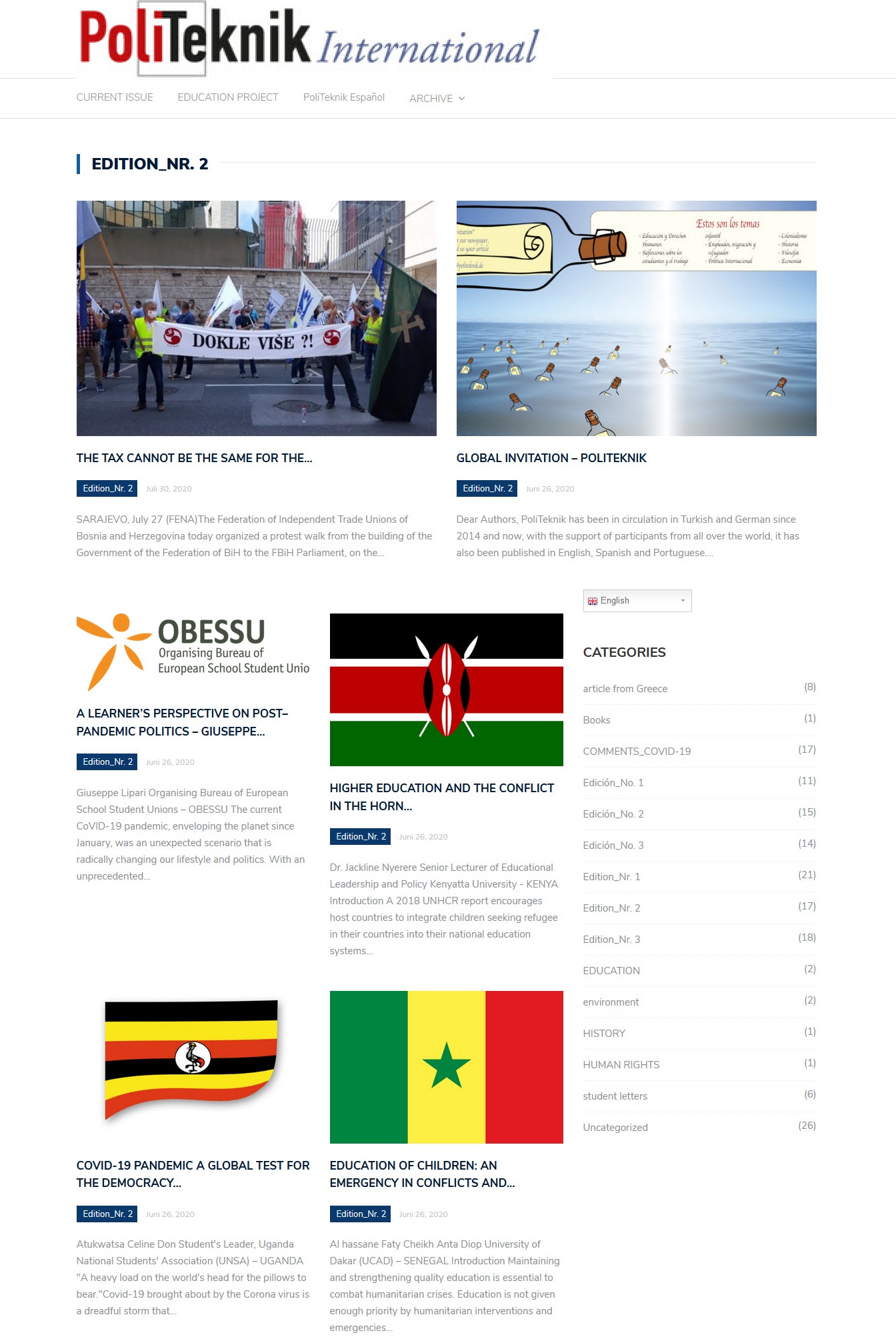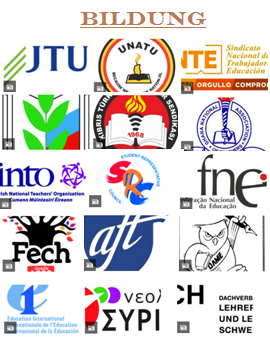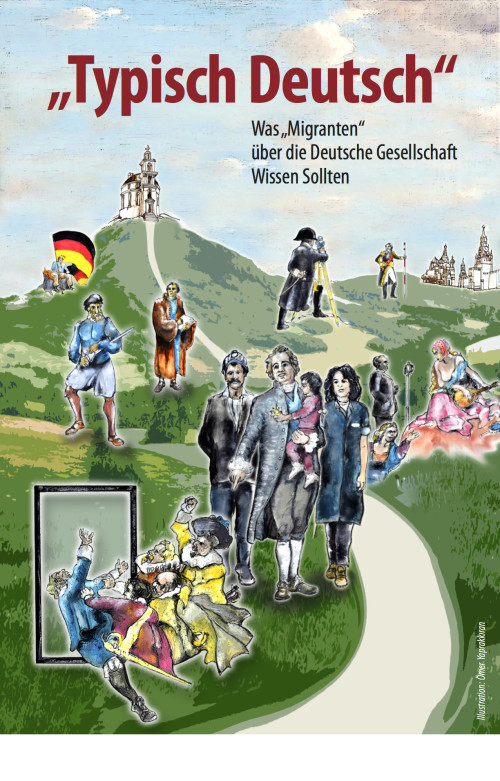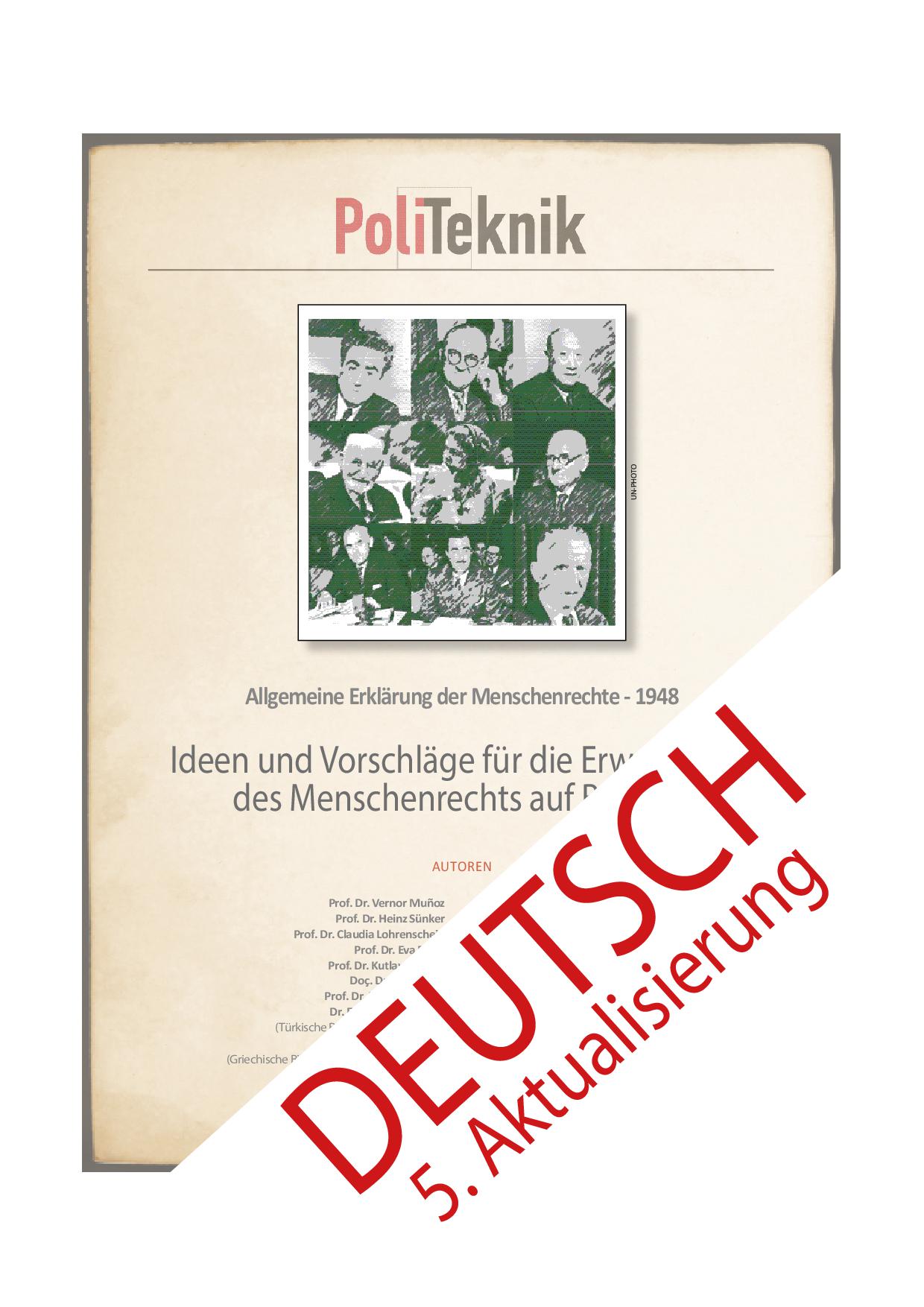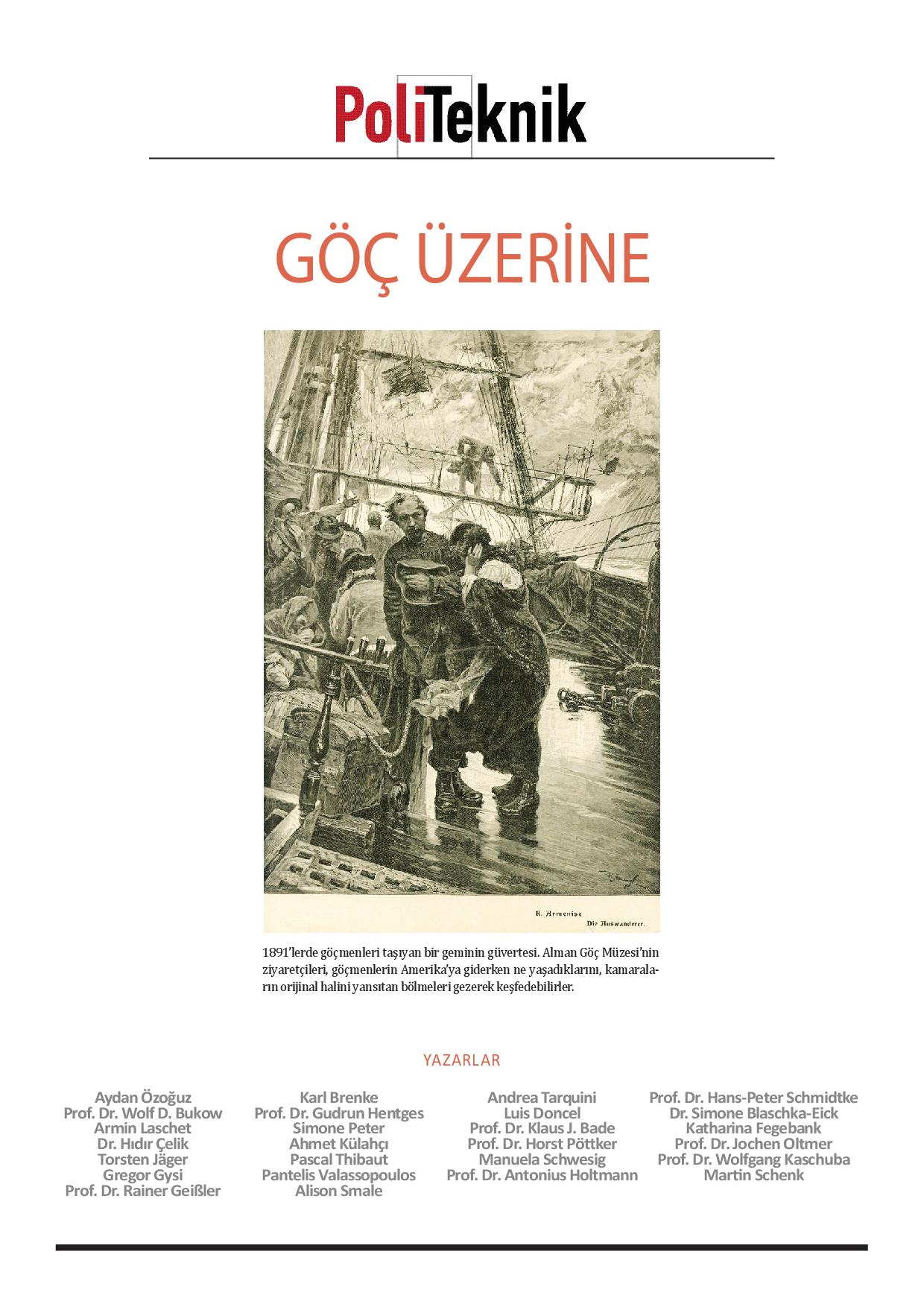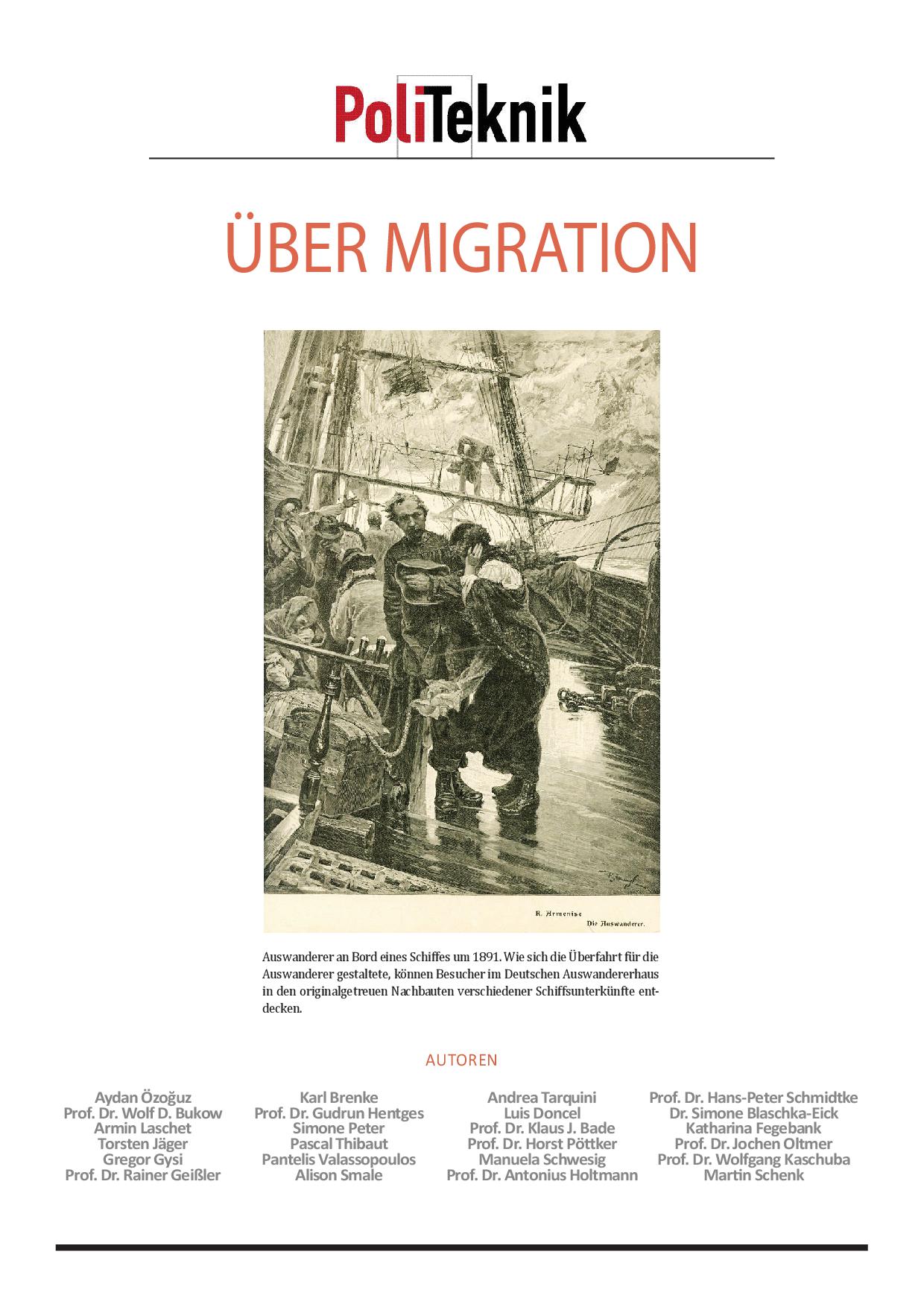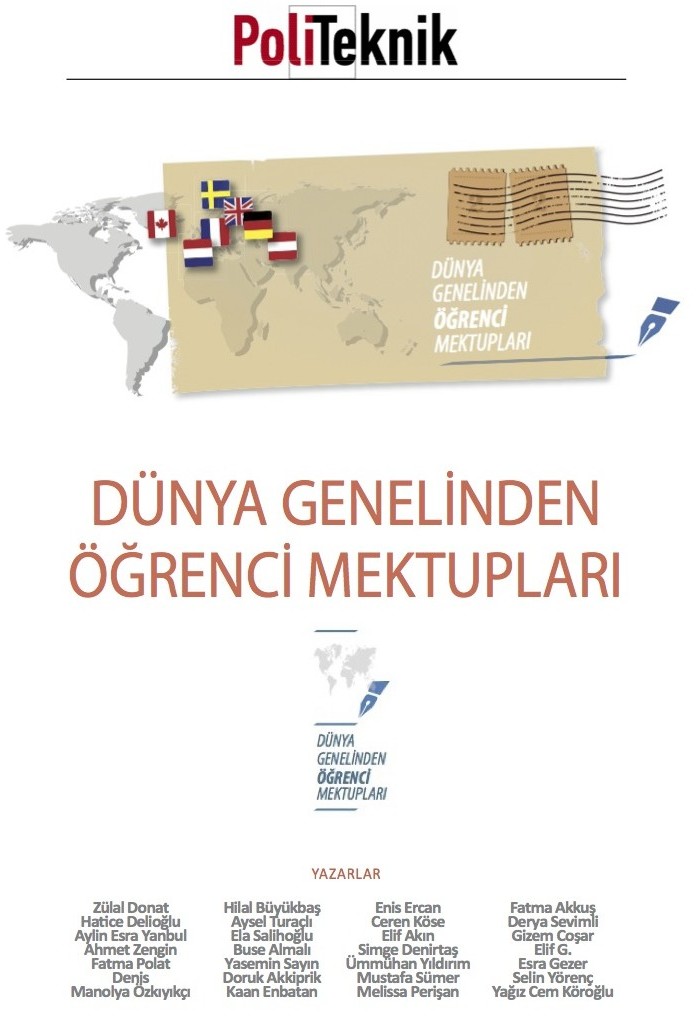Malathie M. Seneviratne (Gen Secy ) USLTS &
H.G.D.Cyril ( Admin.Secy) USLTS
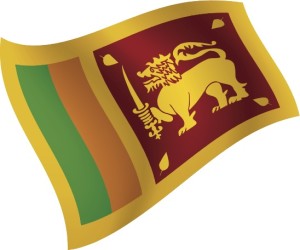 Sri Lanka is one of the developing countries in the Asia Pacific Region with a higher literacy rate. The Educational authorities of Srilanka are highly committed to provide with a better education from primary level to university level equally for all the nationalities. Therefore Sri Lanka has medium and long term plans for the next 15 years to implement all over the country to achieve the SDG goals . So it is the idea of the government to be able to reach a greater target.
Sri Lanka is one of the developing countries in the Asia Pacific Region with a higher literacy rate. The Educational authorities of Srilanka are highly committed to provide with a better education from primary level to university level equally for all the nationalities. Therefore Sri Lanka has medium and long term plans for the next 15 years to implement all over the country to achieve the SDG goals . So it is the idea of the government to be able to reach a greater target.
When consider the income of the people it is not equally distributed . AS a result the education is highly affected. Therefore low income learners face a lot of trouble when learning. As a remedy for that the government distributes free tesxt books, Free uniform and other infrastructure facilities for all. Then the poor as well as the rich will get a better education.
Apart from that the line ministry and the provincial ministry of education has implemented the novel concept THE NEAREST SCHOOL IS THE BEST. The underline idea of this concept is to minimize the demand for the popular schools in urban ares. So the ministryhas allocated a vast sum of money to develop rural schools all over the country. Under this programme the schools get all the physical facilities such as buildings ,furniture labs , toilets, equipment s etc,
In addition Sri Lanka is now facing a new problem. That is privatizing the education. International schools which are in private sector are arising every nook and corner of the country. Even in rural areas. In these schools quality of the education is not considered much and they emphasize much on English education. They are creating a high class community by that. Because of this most of the skillful young people from rural areas lose their opportunities and their dreams as the high class ones capture the high posts.
Not only that the International schools but also the private universities like SAITEM provide the opportunities to the students who have less marks or not qualified to enter their medical college and become doctors. This has become a tragedy. Most of the students in the government universities, their parents, teachers’ organizations and the doctors’ organizations are protesting and struggling against this.
However in Sri Lanka there is no gender disparity can be seen. Both mail & female have the same right to education and to consume all the other facilities equally. For instance 55% of the university students in Sri Lanka are girls where 45% are boys. Many females are in higher positions like Professors, Directors of Education, Administrators, School Principals and etc.80% of the teachers are female. And also there is no discriminations regarding religion or race they are belong to.
It is true that we the Sri Lankans have reached the 98% literacy rate which is the highest in Asia Pacific Region. But still we cannot be happy with the targets achieved so far. We have almost achieved target 4.1 to ensure all girls and boys to complete free equitable and Quality Education. But we cannot be satisfied with the Quality of the education in our country because the education must go parallel with the attitudes and the spiritual development of the individuals.
Currently we are engaging in promoting SDG goal 04 which is related to Education, in Sri Lanka under the instructions and the guidance given by EI. It is very important to Ensure inclusive and Equitable Quality education and promote lifelong opportunity for all (Goal 4). We are working collaboratively with the ministry of sustainable development and the ministry of Education in launching SDG in our country.
Still we the Sri Lankans are far behind the goals 4.3, 4.4, and 4.5 . To achieve these goals by 2030 we have to organize mass programmes in the country and all over the world as well to measure the quality of the education. We have to train leaders to be strong.



